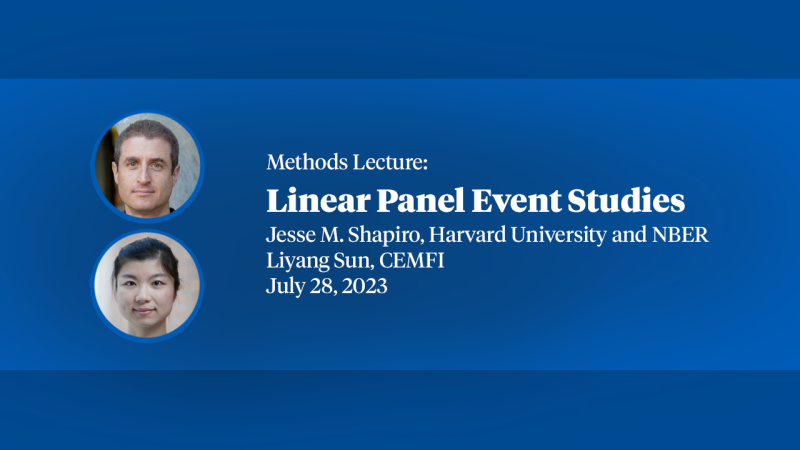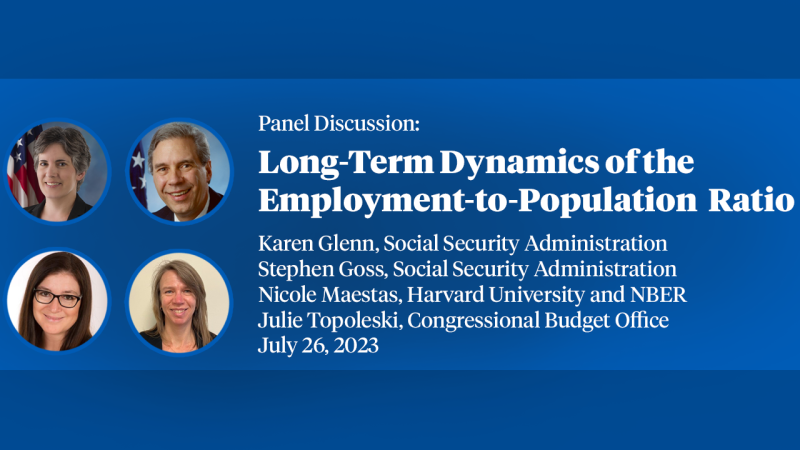The Supply of and Demand for Charitable Donations to Higher Education
Charitable donations are an important revenue source for many institutions of higher education. We explore how donations respond to economic and financial market shocks, accounting for both supply and demand channels through which these shocks operate. In panel data with fixed effects to control for unobservable differences across universities, we find that overall donations to higher education - and especially capital donations for university endowments or for buildings- are positively and significantly correlated with the average income and house values in the state where the university is located (supply effects). We also find that when a university suffers a negative endowment shock that is large relative to its operating budget, donations increase (demand effects). This is especially true for donations earmarked for current use. We conclude by discussing the importance of understanding how donations respond to economic shocks for effective financial risk management by colleges and universities.
Non-Technical Summaries
- In the year after a university experiences a negative shock equal to 10 percent of its annual operating budget, donors increase giving by...
Published Versions
The Supply of and Demand for Charitable Donations to Higher Education, Jeffrey R. Brown, Stephen G. Dimmock, Scott Weisbenner. in How the Financial Crisis and Great Recession Affected Higher Education, Brown and Hoxby. 2015


